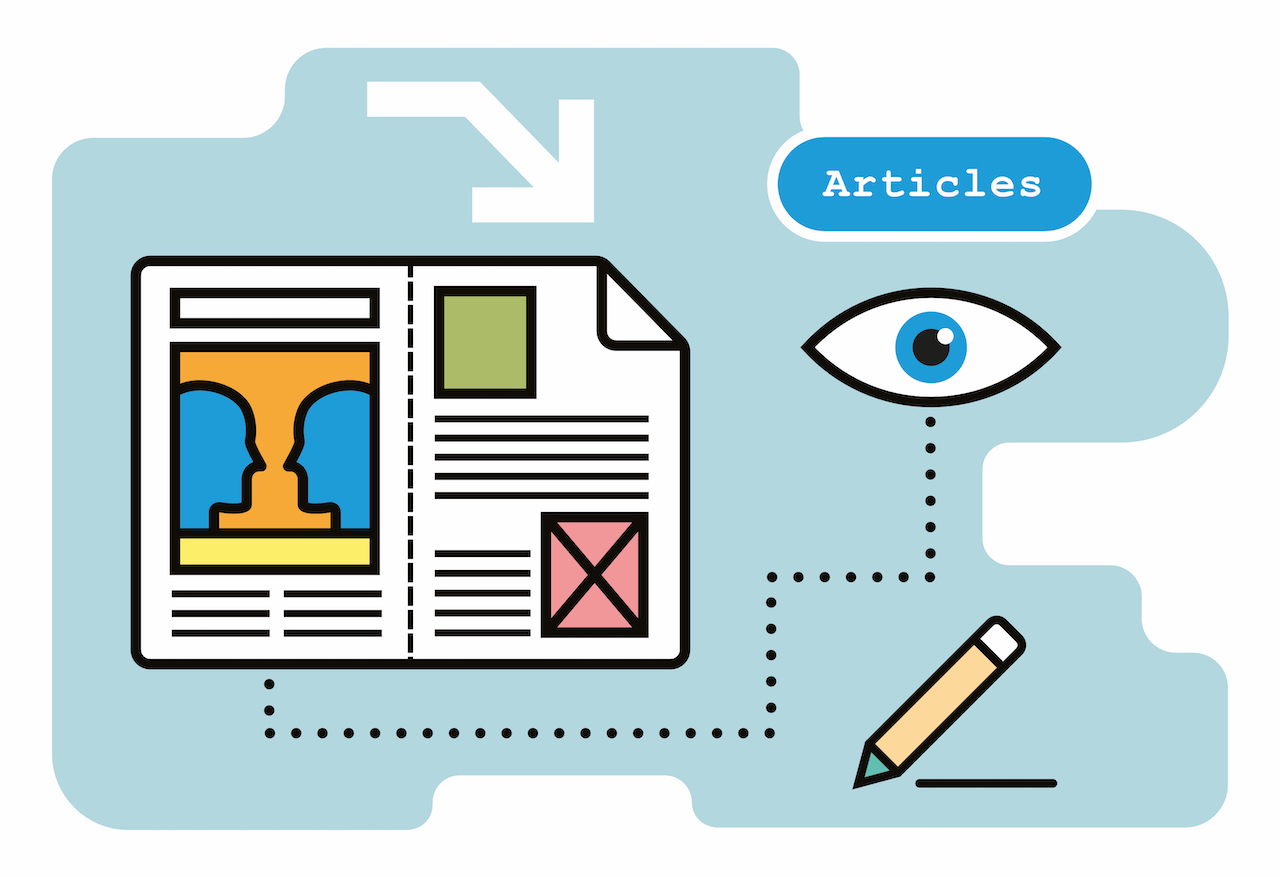The impact of electronic versus paper-based data capture on data collection logistics and on missing scores in thyroid cancer patients.
Fiche du document
- doi: 10.1007/s12020-023-03628-9
- issn: 1355-008X
Ce document est lié à :
info:eu-repo/semantics/altIdentifier/doi/10.1007/s12020-023-03628-9
Ce document est lié à :
info:eu-repo/semantics/altIdentifier/pmid/38103143
Ce document est lié à :
info:eu-repo/semantics/altIdentifier/eissn/1559-0100
Ce document est lié à :
info:eu-repo/semantics/altIdentifier/urn/urn:nbn:ch:serval-BIB_C7DA157DB2E05
info:eu-repo/semantics/openAccess , CC BY 4.0 , https://creativecommons.org/licenses/by/4.0/
Sujets proches
Hours (Time) Tally sticks Scores Notched sticksCiter ce document
S. Singer et al., « The impact of electronic versus paper-based data capture on data collection logistics and on missing scores in thyroid cancer patients. », Serveur académique Lausannois, ID : 10.1007/s12020-023-03628-9
Métriques
Partage / Export
Résumé
The purpose of this study was to investigate the impact of the type of data capture on the time and help needed for collecting patient-reported outcomes as well as on the proportion of missing scores. In a multinational prospective study, thyroid cancer patients from 17 countries completed a validated questionnaire measuring quality of life. Electronic data capture was compared to the paper-based approach using multivariate logistic regression. A total of 437 patients were included, of whom 13% used electronic data capture. The relation between data capture and time needed was modified by the emotional functioning of the patients. Those with clinical impairments in that respect needed more time to complete the questionnaire when they used electronic data capture compared to paper and pencil (OR adj 24.0; p = 0.006). This was not the case when patients had sub-threshold emotional problems (OR adj 1.9; p = 0.48). The odds of having the researcher reading the questions out (instead of the patient doing this themselves) (OR adj 0.1; p = 0.01) and of needing any help (OR adj 0.1; p = 0.01) were lower when electronic data capture was used. The proportion of missing scores was equivalent in both groups (OR adj 0.4, p = 0.42). The advantages of electronic data capture, such as real-time assessment and fewer data entry errors, may come at the price of more time required for data collection when the patients have mental health problems. As this is not uncommon in thyroid cancer, researchers need to choose the type of data capture wisely for their particular research question.
